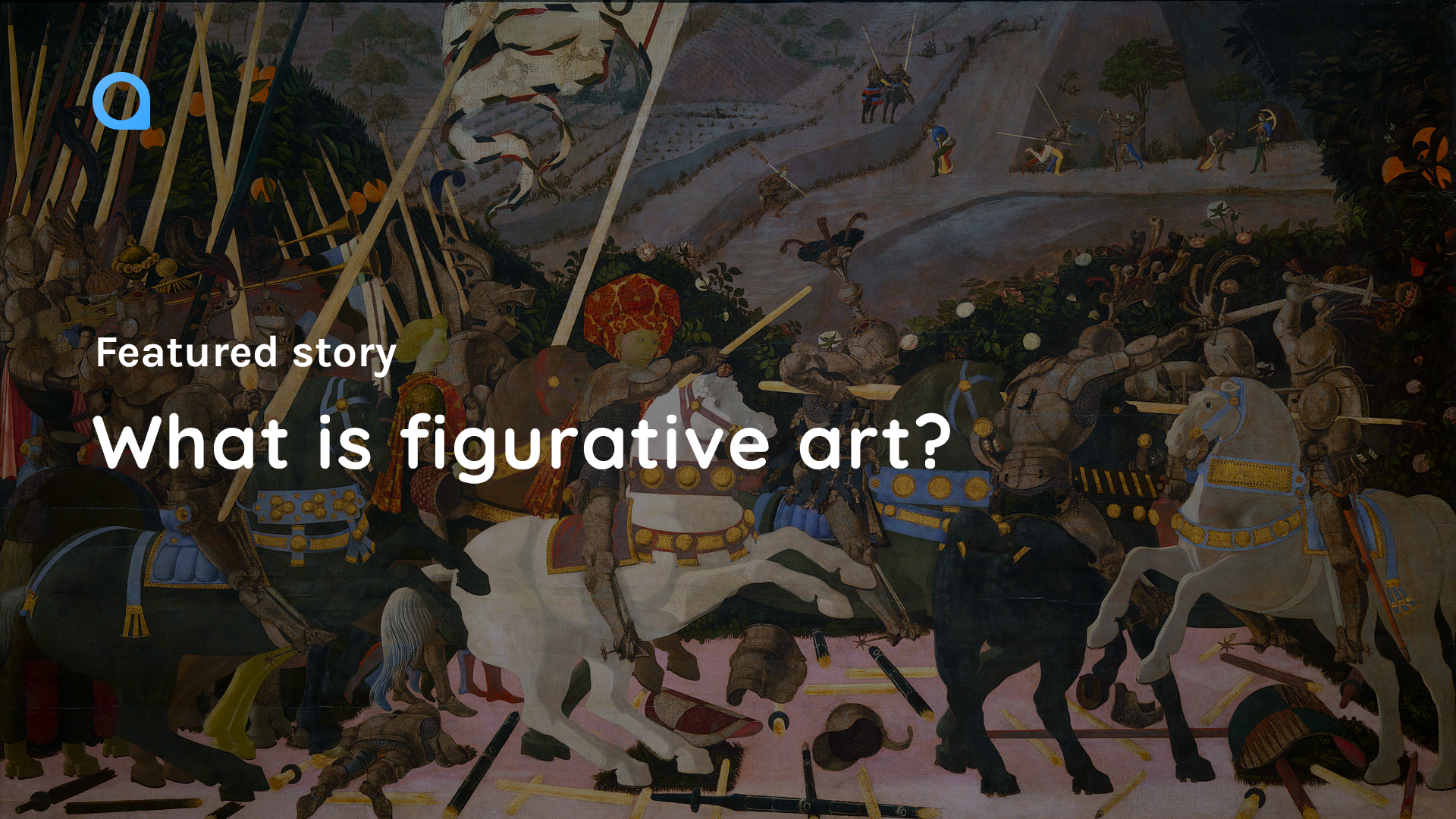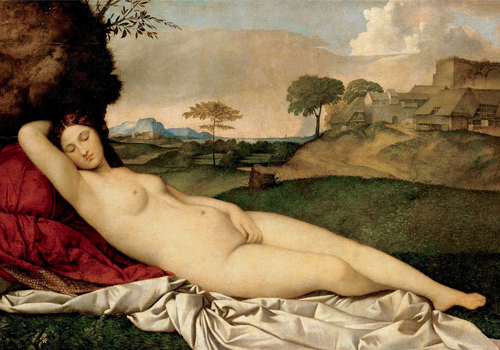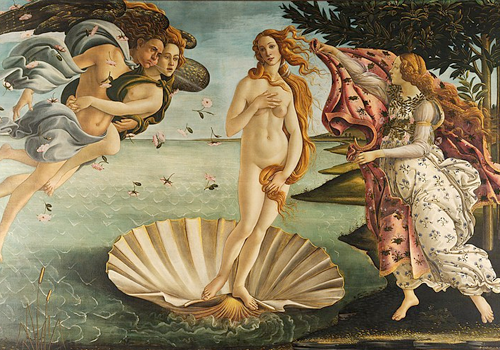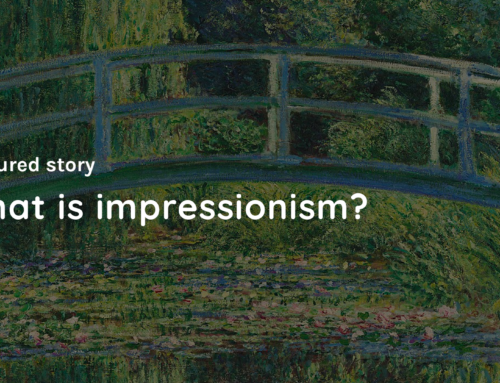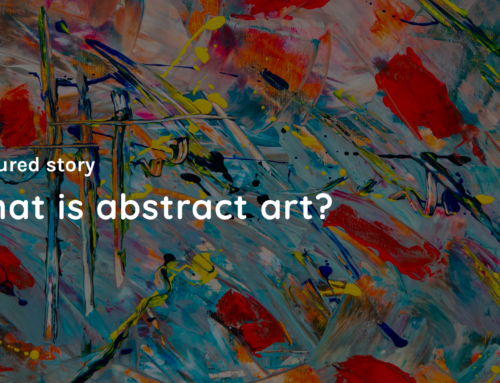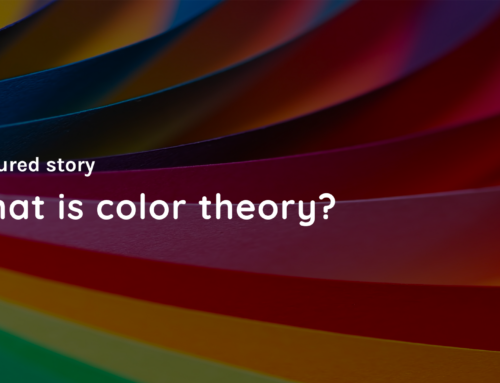Introduction
Figurative art is a term used to describe representational artwork, meaning that it is derived from real objects or sources. It can include paintings, sculptures, and other forms of art that depict human or animal figures, objects, and scenes from the real world.
Despite the rise of abstract and non-representational art in the 20th century, figurative art remains an important and relevant expression in modern times. It allows artists to explore the human form and tell stories through imagery while pushing traditional representation’s boundaries.
Figurative art has a long history, dating to ancient Greek and Roman sculptures depicting idealized human body forms. Artists such as Michelangelo and Leonardo da Vinci continued this tradition in the Renaissance, creating realistic and anatomically accurate figures. The 20th century saw a shift towards abstraction, but artists such as Pablo Picasso, Alberto Giacometti, and Francis Bacon continued to incorporate elements of the human form into their work.
Categories of Art
Painting and sculpture are two broad categories of visual art. Painting involves the application of pigments to a surface, while sculpture consists of creating three-dimensional forms using various materials such as stone, wood, or metal.
Figurative art refers to artwork that represents natural objects or sources, such as human or animal figures. Figurative art is similar but can also include scenes and objects from the real world. Abstract art, on the other hand, is not based on any specific things or sources and is often characterized by non-representational forms and shapes.
Although abstract art can be considered figurative, it is often used interchangeably with non-representational or non-objective art. Non-representational art is not based on specific objects but can still include recognizable shapes and forms. Non-objective art, on the other hand, is entirely non-representational and does not depict recognizable objects or structures.
Formal Elements
Formal elements are the fundamental components that artists use to create their artwork, producing aesthetic effects through design. In figurative art, the traditional elements employed include line, shape, color, light, dark, mass, volume, texture, and perspective. By skillfully deploying these elements, artists create visually captivating and realistic representations of the human figure.
Combining formal elements enables artists to create an illusion of form and space. For instance, perspective can make a two-dimensional painting seem three-dimensional, while the interplay of light and dark can simulate depth and shadow. All the formal elements collaborate to create a coherent visual representation of the human figure that seems authentic and convincing.
Evolution of Figurative Art
Throughout history, figurative art has been a significant part of artistic expression. From prehistoric cave paintings depicting animals and humans to the celebrated artworks of contemporary artists, figurative art has been used to tell stories, celebrate cultural traditions, and portray important events. As time passed, figurative art evolved with new techniques and styles.
In ancient Greece, sculptures were idealized and geometric, while during the Renaissance, artists aimed to create more realistic representations of the human figure. In the 20th century, figurative art was influenced by several movements such as Cubism, Surrealism, and Expressionism.
Some significant milestones in the evolution of figurative art include Giorgione’s “Sleeping Venus,” which introduced the female nude as a subject in Western painting. The Neoclassical art of Jacques-Louis David was another significant development, ultimately leading to the realistic reactions of Gustave Courbet and Édouard Manet, paving the way for the multi-faceted figurative art of the 20th century.
Famous Figurative Artists
Figurative art has produced many notable artists throughout history. Here are a few of the most famous ones:
- Pablo Picasso is one of the most famous artists of the 20th century. He is known for experimenting with different styles and techniques, including Cubism and Surrealism. His figurative works, such as “Les Demoiselles d’Avignon” and “Guernica,” are highly regarded for their expressive use of color and form.
- Vincent van Gogh is known for his highly personal style, which features bold brushstrokes and vivid colors. His figurative works, such as “The Potato Eaters” and “Starry Night,” often depict everyday people and places with great emotion and intensity.
- Michelangelo is one of the most famous Italian Renaissance artists. His figurative works, such as the Sistine Chapel ceiling and the sculpture of David, are highly regarded for their technical mastery and realism.
Examples of Figurative Art
Figurative art has produced many famous works over the centuries. Here are a few examples:
- “The Birth of Venus” by Sandro Botticelli This painting from the Italian Renaissance depicts the goddess Venus emerging from the sea. Using color and form gives the painting a sense of movement and grace.
- “Les Demoiselles d’Avignon” by Pablo Picasso This Cubist painting depicts a group of women in various stages of undress. Using geometric shapes and multiple perspectives creates a sense of disorientation and fragmentation.
- “American Gothic” by Grant Wood This painting from the 20th century depicts a farmer and his daughter standing in front of their house. The use of light and shadow gives the painting a sense of depth, while the stern expressions of the figures convey a sense of solemnity.
Conclusion
Figurative art has a long and rich history and is essential to today’s art world. Its ability to create lifelike human figure representations has made it a popular subject for artists. As artists continue experimenting with new techniques and styles, the evolution of figurative art will likely continue to evolve and thrive in the future.

